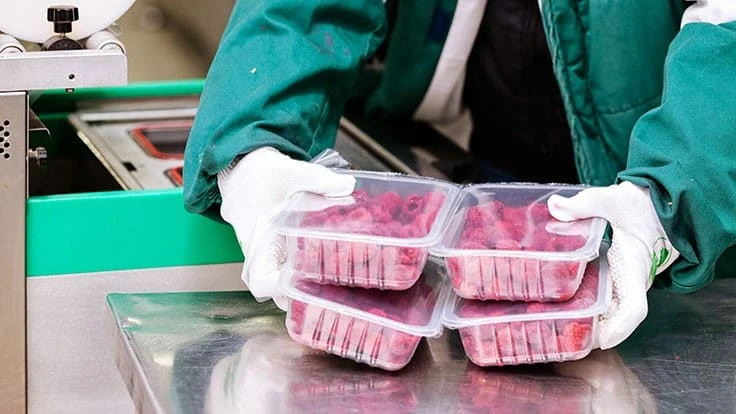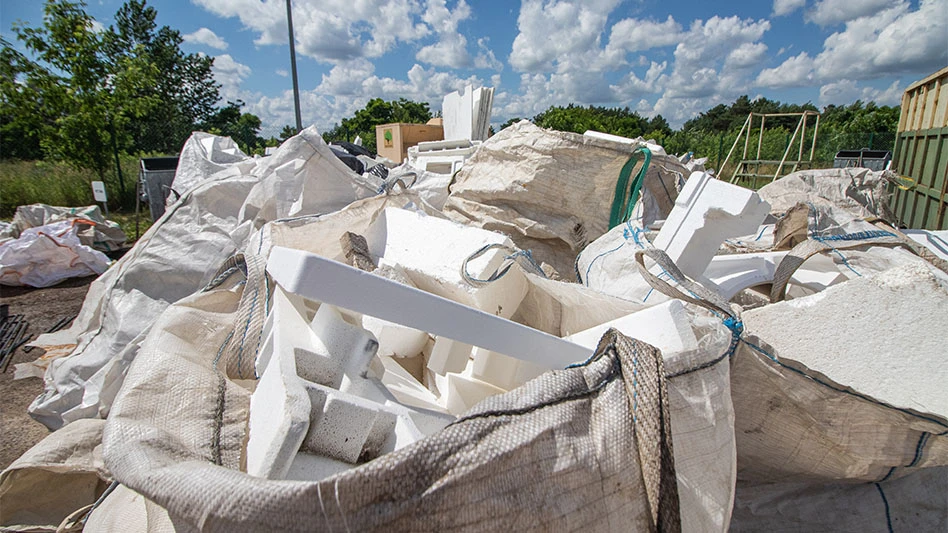
© Vladimirnenezic | Dreamstime.com
In February of this year, California Assemblymember Phil Ting introduced AB 478, a bill that would require thermoformed plastic containers sold in the state to contain postconsumer recycled plastic (PCR) starting Jan. 1, 2024. The amount of PCR required would increase over time so that thermoformed plastic containers sold in the state would contain no less than 30 percent of this material as of Jan. 1, 2030.
The bill would authorize CalRecovery to conduct audits and investigations regarding containers’ PCR content and take enforcement action against a producer to ensure compliance. Producers violating the legislation would be assessed annual administrative penalties for violating the requirements of the proposed legislation.
In response to the legislation, Shannon Crawford, the director of state government affairs at the Plastics Industry Association, Washington, testified before the California State Assembly Natural Resources Committee. In the remarks she prepared for delivery, Crawford writes that while the association's members “strongly support the use of recycled content” and that “legislating minimum requirements may be beneficial if done appropriately,” the association had some concerns regarding the legislation as proposed.
“While this bill would develop end markets for plastic materials, there should be an equal emphasis on improving the collection and sortation of these materials to get more plastics to these markets,” Crawford writes. “Unfortunately, our analysis indicates there will not be sufficient recycled content to meet the mandates of this legislation. We hope to work with this committee and other stakeholders to increase the availability of recycled content in the state to meet the goals of this bill.”
One barrier she notes is food safety regulations for the use of PCR in food-contact packaging. She adds that the association released industry guidance to ensure recycled plastic packaging meets and exceeds U.S. Food and Drug Administration compliance requirements.
“Additionally, we are developing a ‘best practices’ workbook for recycled content usage in manufacturing,” Crawford states. “The workbook will educate the industry on the benefits of recycled content usage as well as assist companies in reaching their sustainability goals.”
Despite these efforts, Crawford says “a significant gap” remains “between how much recycled content exists and the requirements of this bill.”
Instead, she suggests “this committee focus on advanced sortation and collection technologies,” citing the Pacific Northwest Demonstration Project, which used secondary sorting to increase the amount of recyclable material captured.
“We would be happy to work with this committee and other stakeholders to advance solutions that would increase the availability of recycled content in the state,” Crawford adds.
Latest from Recycling Today
- Alpla calls 2024 year of recycling growth
- Altilium says agreement puts it on lithium recycling path
- NWRA, SWANA partner to address lithium-ion batteries
- Corinth, Texas, renews waste contract with CWD
- Fresh Perspective: Sarah Zwilsky
- Plastics Industry Association announces leadership changes
- QCC celebrates 50th anniversary
- Venture Metals acquires 2 nonferrous processors





